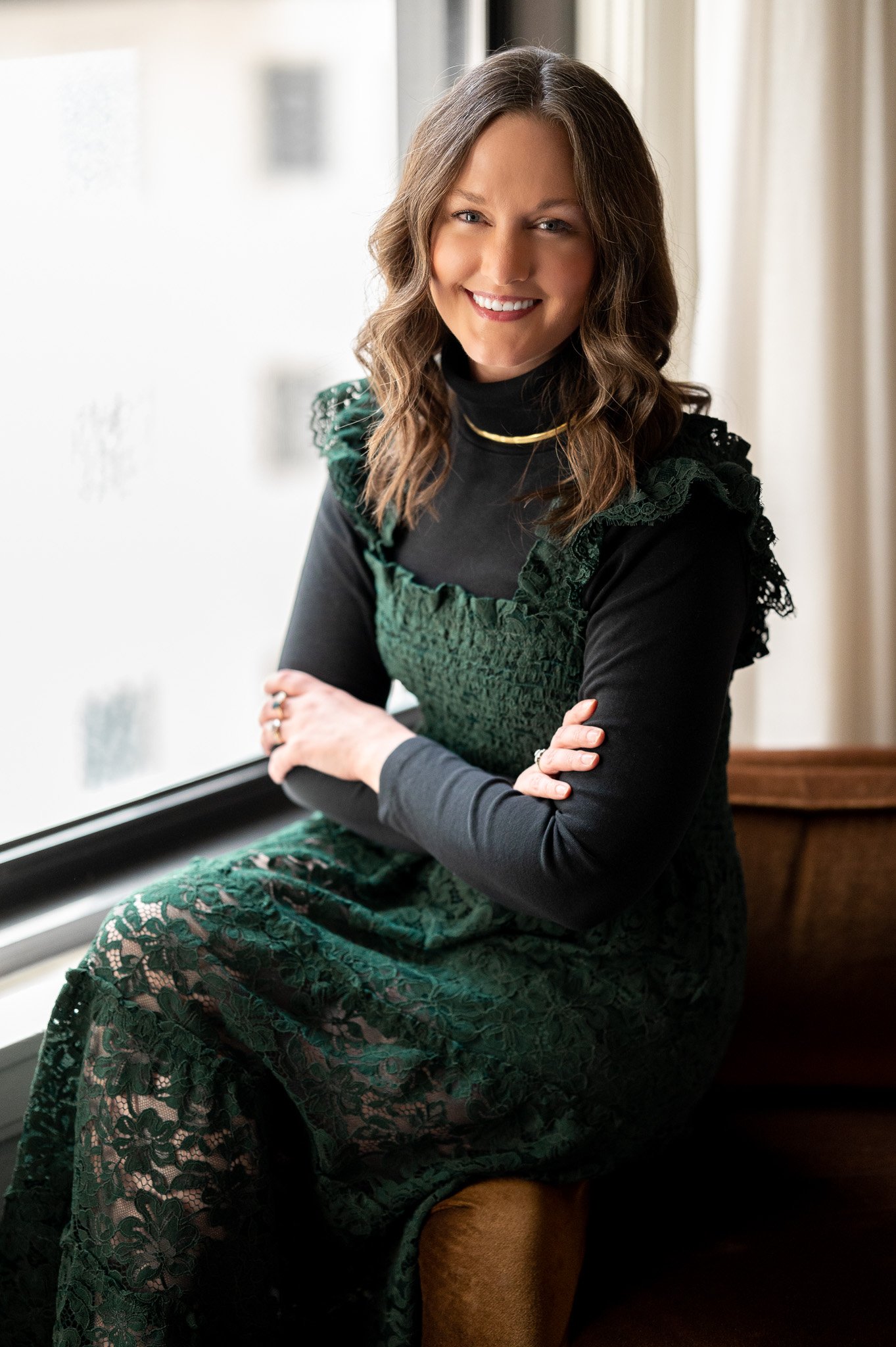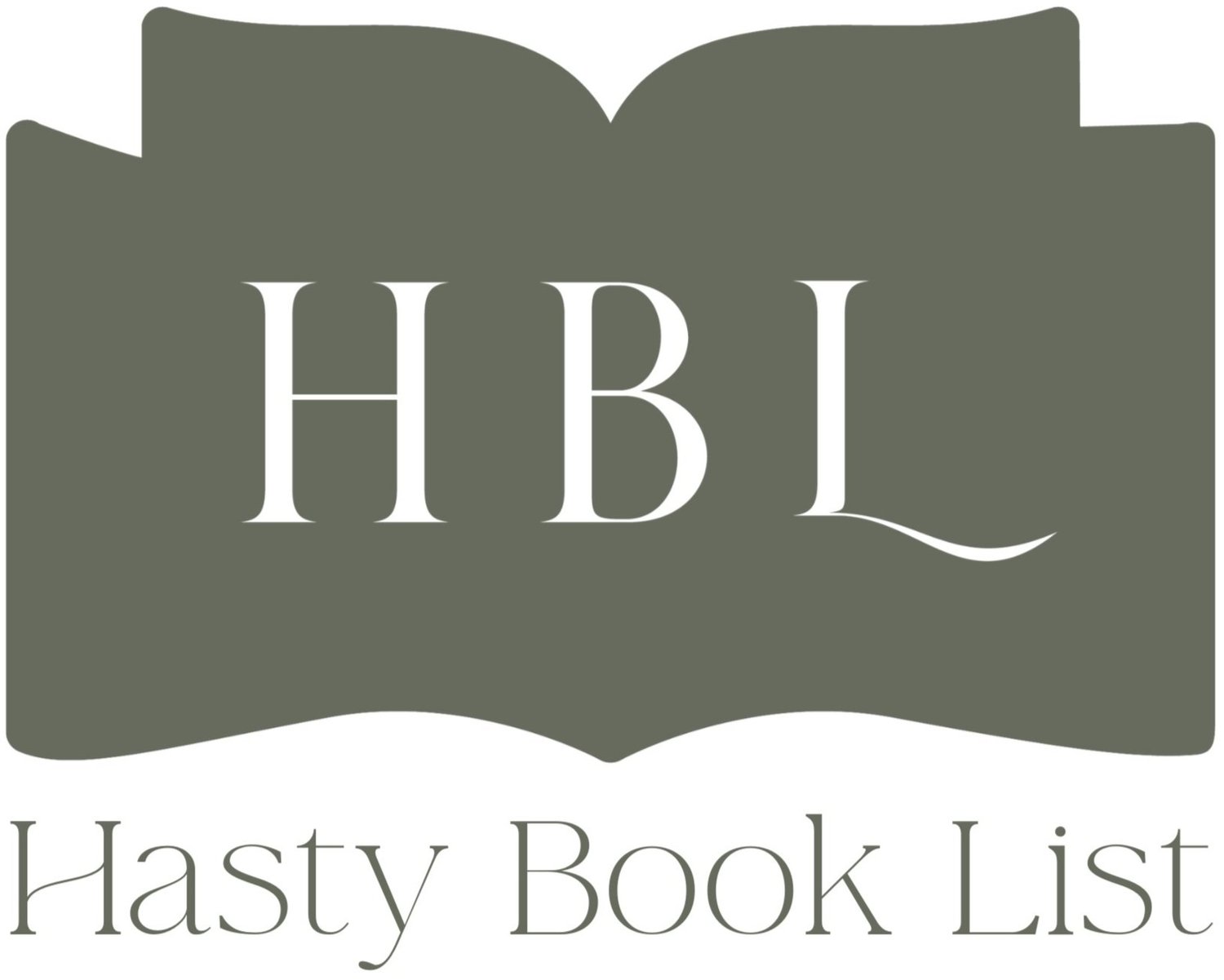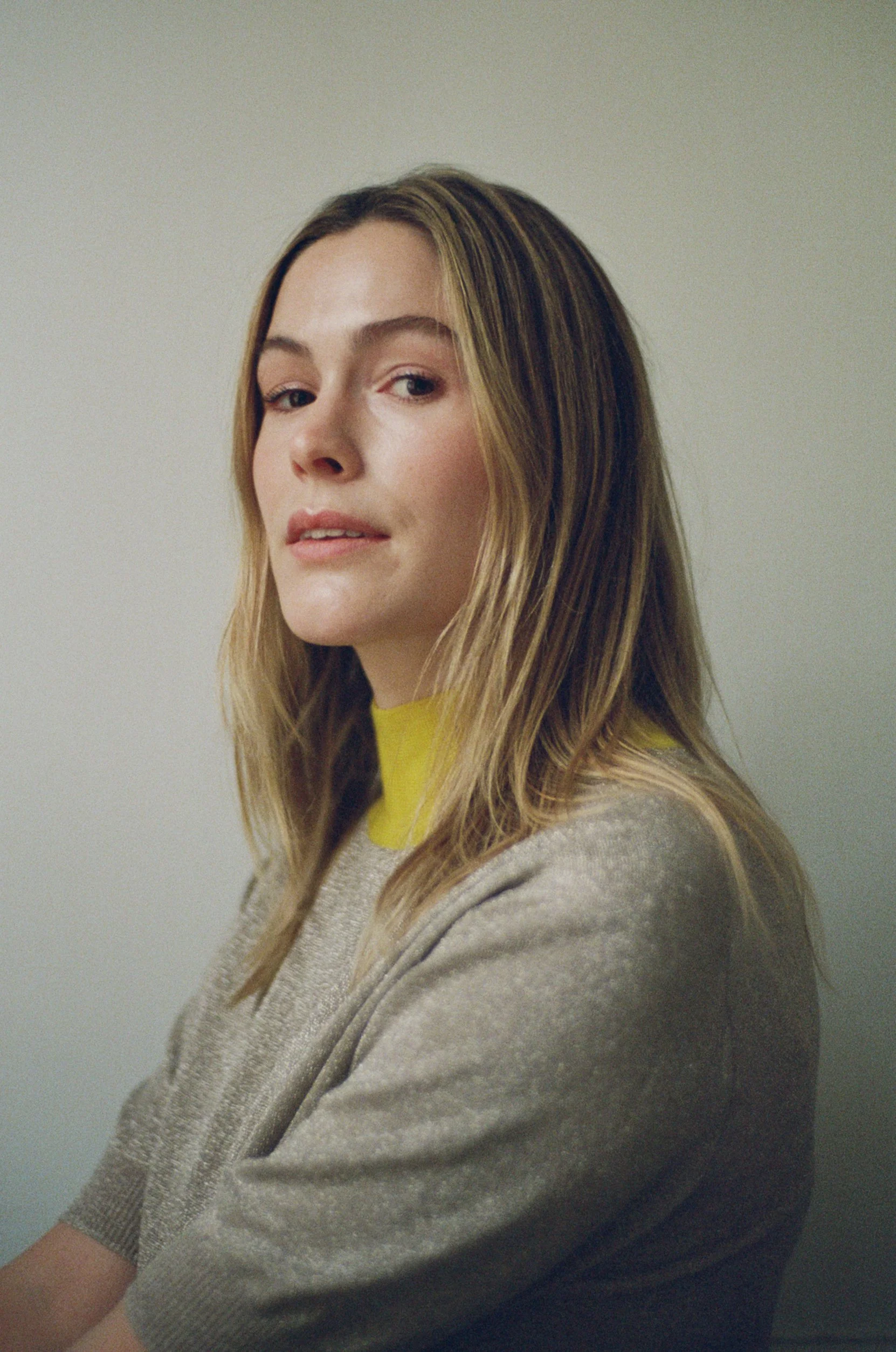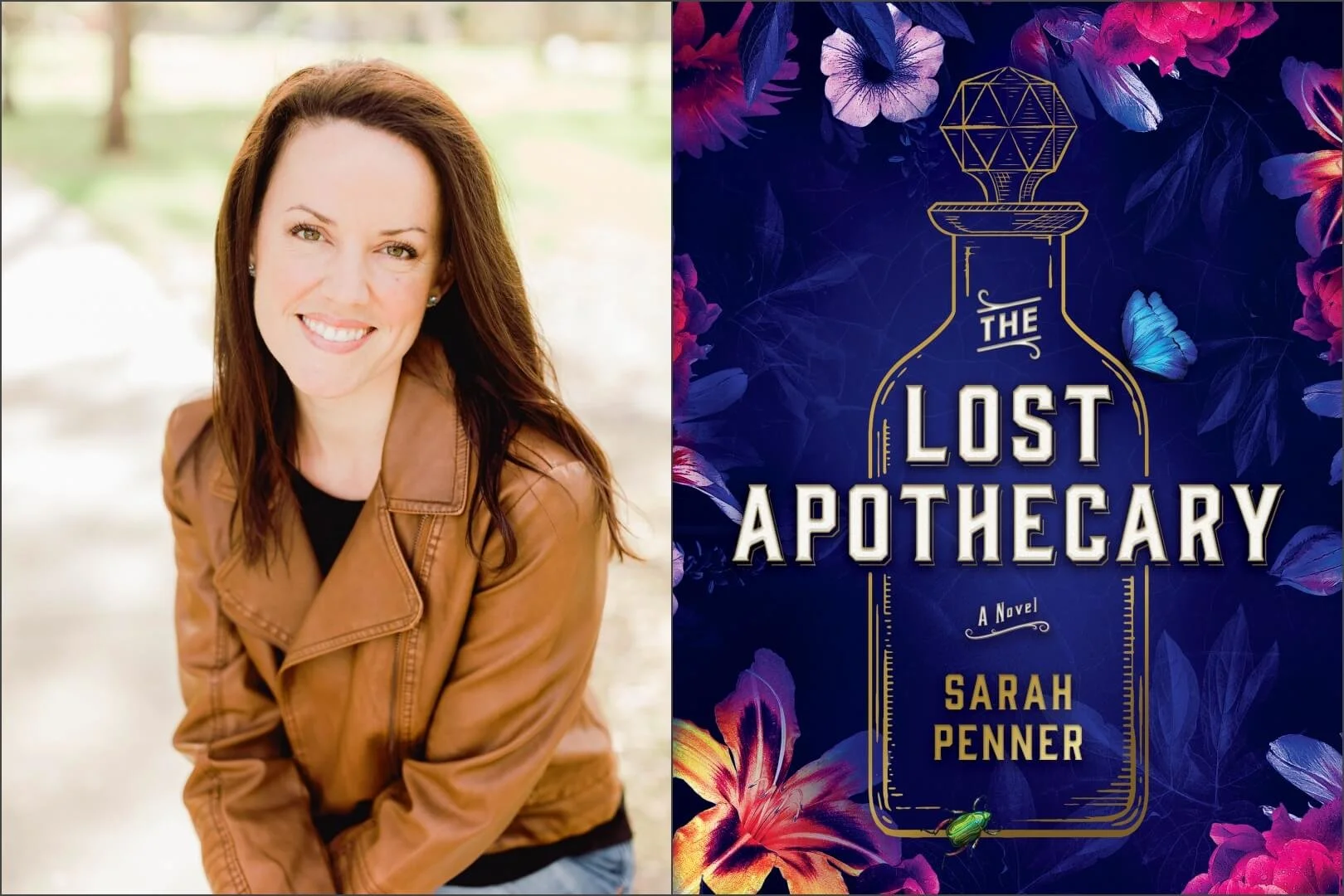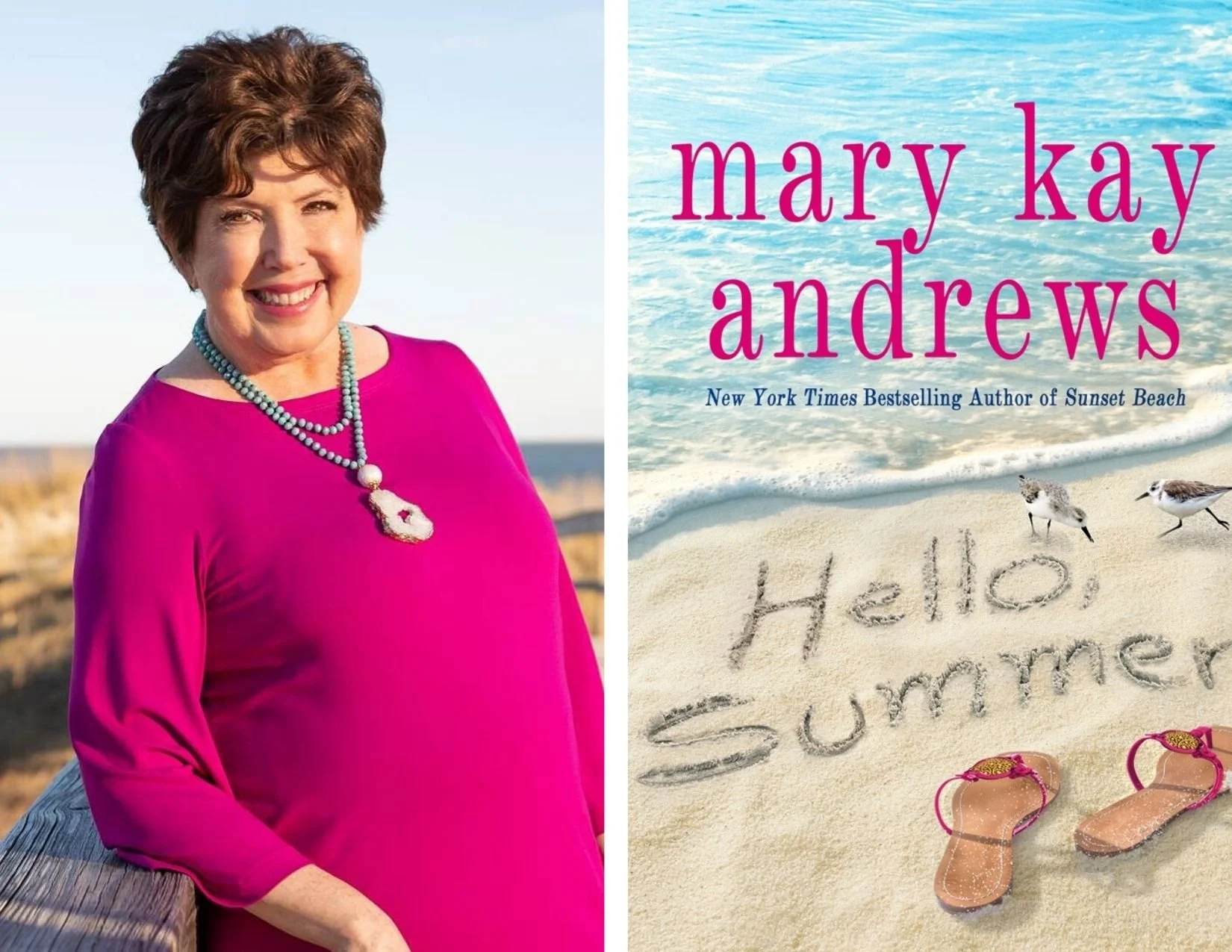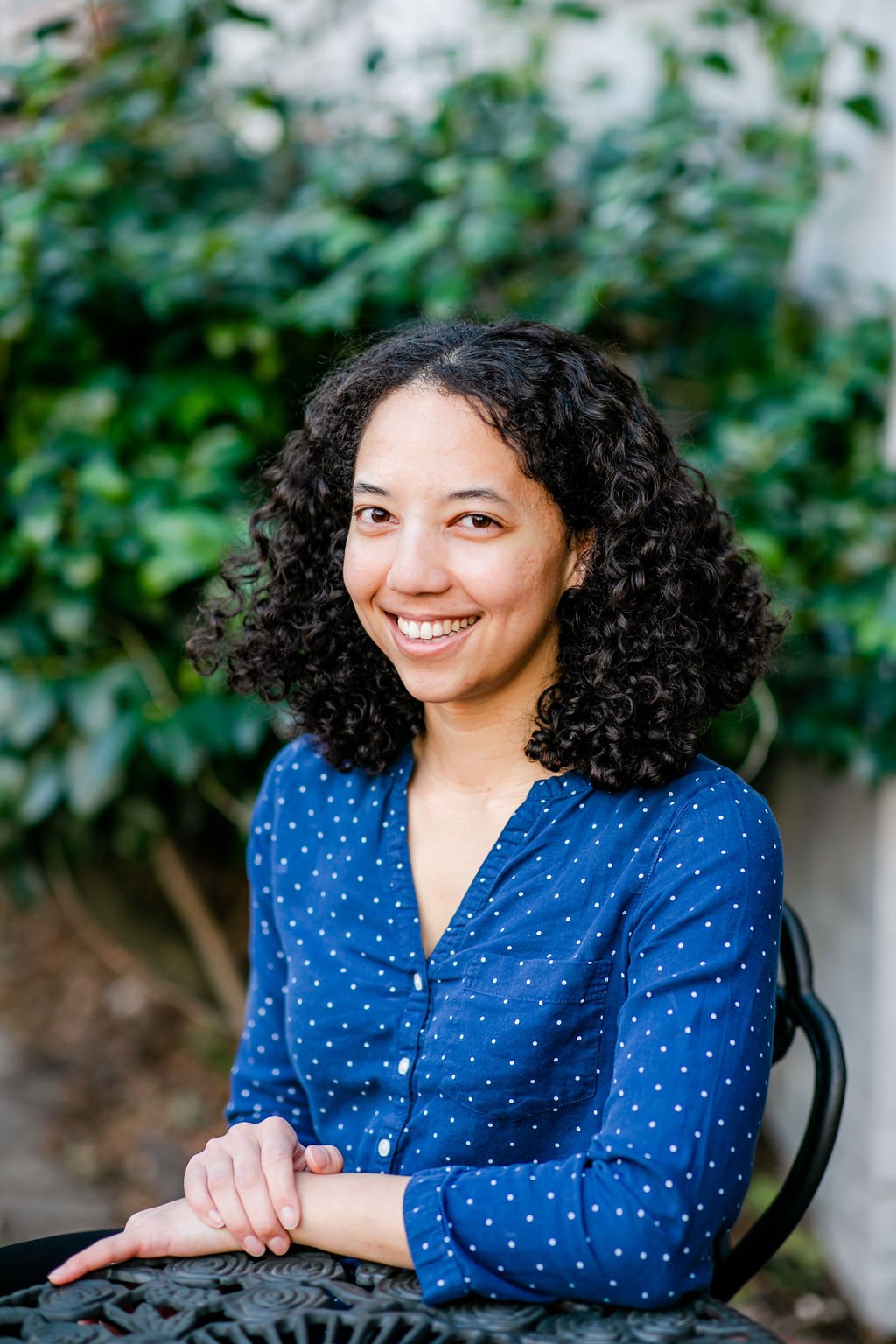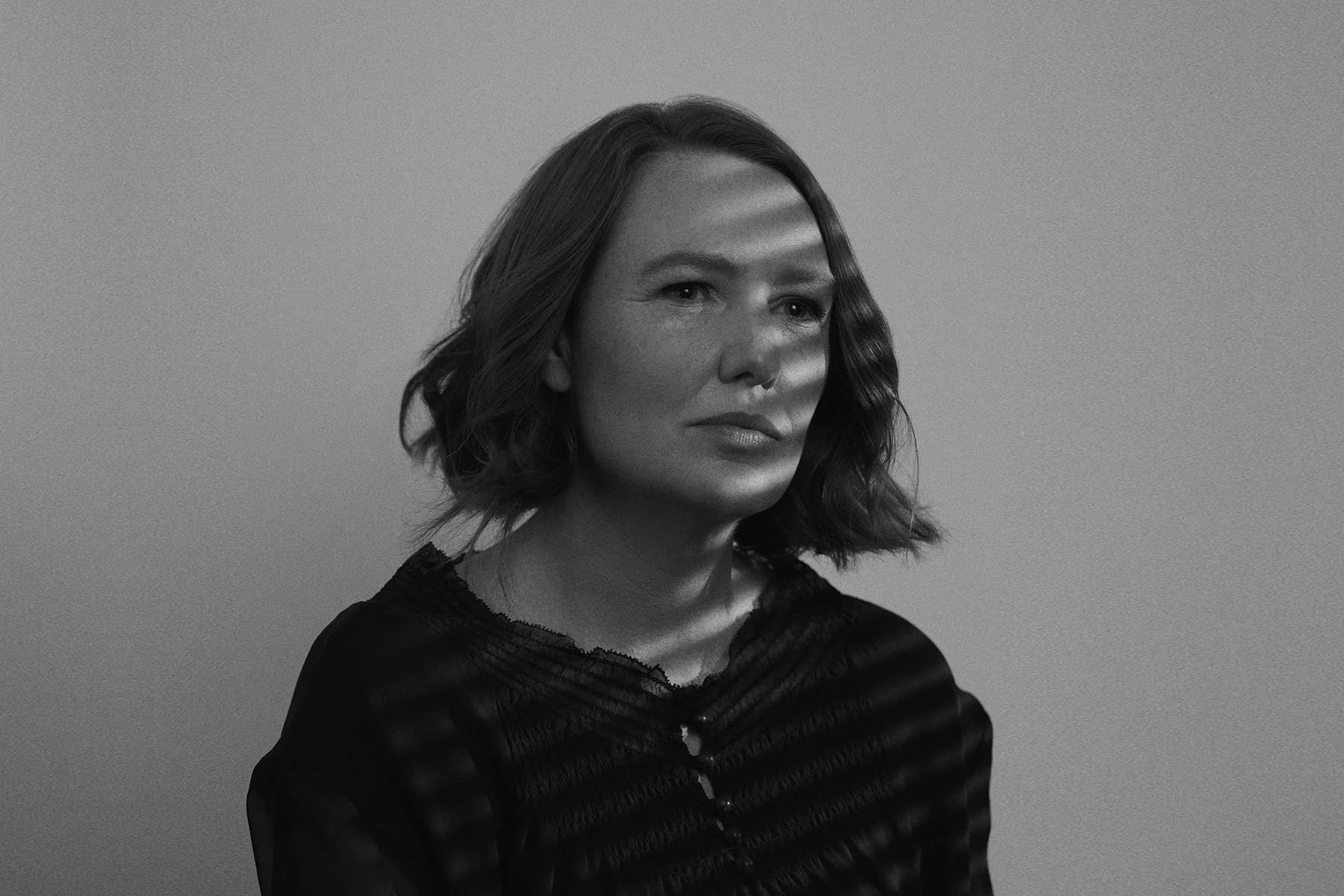Capturing the Perfect Author Photo: A Guide for Novelists
Capturing the Perfect Author Photo: A Guide for Novelists
Author photos are a crucial element of your marketing strategy as a novelist. I know this as both a book blogger who’s interviewed over 600 authors (and therefore have seen and posted over 600 author photos on this blog) as well as a lecturer on brand management at colleges such as Indiana University and Loyola University. Author photos are often the first visual connection readers will have with you, creating a lasting impression. A great author photo can convey your personality, style, and the essence of your work. Here's how to take a compelling author photo that will enhance your marketing efforts.
1. Understand Your Brand
Before you even pick up a camera, consider your brand as an author. If you haven’t already, check out my Author Branding Tips for an overview of why branding is important for an author and Building Your Author Brand with Key Elements. Are you a writer of serious historical dramas, or do you pen lighthearted romantic comedies? Your photo should reflect the tone of your work. Think about the following:
Genre: A mystery writer might choose a moody, introspective shot, while a children’s book author might opt for something more vibrant and playful.
Audience: Consider who your readers are and what kind of image will resonate with them.
Personal Style: Your photo should feel authentic to who you are. Avoid overly staged or inauthentic poses.
Let’s take a look at the two author photos below, on the left we have Alison Hammer and on the right we have Meredith Westgate. Both are excellent author photos that have clearly taken the genre in which they write, their audience/readers, as well as their personal style into consideration. Do you think Alison Hammer writes psychological thrillers? No. Her photo tells a lot about who she is as an author of women’s fiction. The same is true of Meredith Westgate’s photo. Readers immediately know that she is not an author of rom coms based on her author photo alone.
2. Choose the Right Photographer
Working with a professional photographer is often worth the investment. Look for someone with experience in portrait photography, and review their portfolio to ensure their style matches your vision. Communicate your brand and vision clearly, and don't be afraid to provide examples of author photos you admire.
The photos below were taken by two of my favorite photographers in Chicago, with two very different aesthetics. The one on the left, taken by Christina Wilken Photography, has a more dark and moody aesthetic compared to the one on the right, taken by Kathleen Page Photography, which is lighter and more airy. Click here for more Chicago photographers I love working with.
3. Consider the Setting
The background of your photo can add context and interest but should never overpower you. Here are some setting ideas:
Library or Bookstore: Surrounded by books, you’ll immediately convey your identity as an author.
Outdoor Settings: Natural light can be very flattering. Parks, gardens, or cityscapes can make great backdrops.
Home Office: A cozy, well-organized writing space can give readers a glimpse into your creative process.
Studio: A blank background gives you the most versatility and might be considered if you write in multiple genres
Pictured below, we have Leslie Brody in a library or bookstore setting, Patti Callahan in an outdoor setting, James Bailey in a home office setting, and Lisa Barr in a studio setting.
4. Wardrobe Choices
Your clothing should align with your author brand and be appropriate for the tone of your books. Here are some tips:
Book coordination: Your photo will often be pictured next to your book cover, so choose apparel with coordinating colors.
Avoid Trends: Timeless pieces are preferable as they won’t date your photo quickly.
Comfort: Choose an outfit you feel comfortable and confident in. Your ease will show in the photo.
In the examples below, Sarah Penner opted for neutral wardrobe choices which are likely to coordinate with multiple books and a variety of settings whereas Mary Kay Andrews opted for a bolder look the really drives home her brand as a beach read novelist.
5. Posing and Expression
Your pose and expression should reflect the mood you want to convey. Here’s how to get it right:
Relax: Tension shows in photos, so take a deep breath and try to relax.
Natural Poses: Avoid stiff or overly formal poses. Imagine you’re having a conversation with your best friend.
Facial Expression: A warm, genuine smile can be inviting, while a more serious expression might convey depth and thoughtfulness.
In the examples below, Shauna Robinson opted for a genuine smile, looking right into the camera inviting us to say hello, while Elle Marr has just a hint of a smile, a Mona Lisa smile, some might say. Is she smiling? She’s looking away from the camera, drawing our attention to something out of frame and appearing a bit more mystery.
6. Lighting
Good lighting is essential for a high-quality photo. Natural light is usually the best option:
Soft Light: Early morning or late afternoon light is soft and flattering. Avoid harsh midday sun.
Indoor Lighting: If shooting indoors, use natural light from windows. Supplement with soft artificial light if necessary.
Although soft lighting is generally advised, sometimes playing with lighting (when done by a professional) can be beautiful and intriguing. Take the two photos below who opted for more artistic use of lighting: Anne Montgomery and Paula Hawkins,
7. Post-Processing
Editing can enhance your photo but should be used sparingly. Over-editing can make your photo look artificial. A professional photographer will typically handle this, but ensure they keep the editing subtle and natural.
8. Update Regularly
Your author photo should be updated every few years to keep it current. If you undergo a significant change in appearance, make sure your photo reflects this. This is especially important if you’re going on tour to promote your book. There is nothing more awkward than readers not recognizing you because the author photo you chose doesn’t actually look like you.
9. Get Feedback
Before finalizing your author photo, get feedback from trusted friends, family, or colleagues. They can provide insights you might not have considered and help ensure the photo aligns with your brand.
A well-crafted author photo is a powerful tool in your marketing arsenal. It helps readers connect with you on a personal level and enhances your overall brand. By considering your brand, choosing the right photographer, and paying attention to details like setting, wardrobe, and lighting, you can create an author photo that captures the essence of who you are as a writer.
Remember, your author photo is more than just a picture; it’s an invitation for readers to get to know the person behind the words. Make it count!
